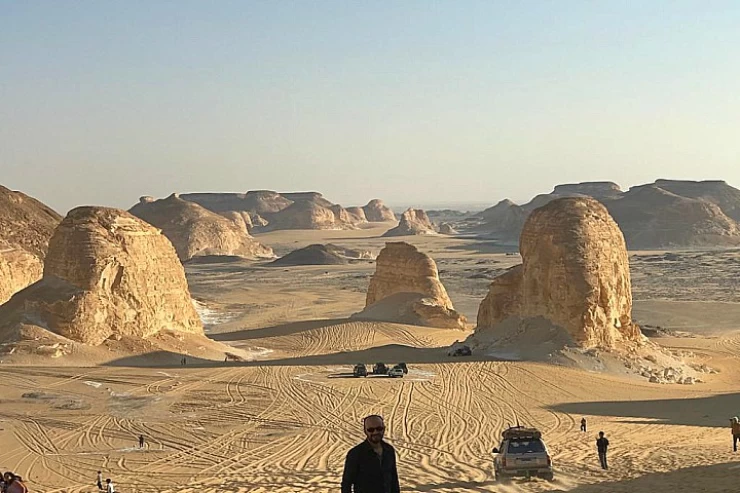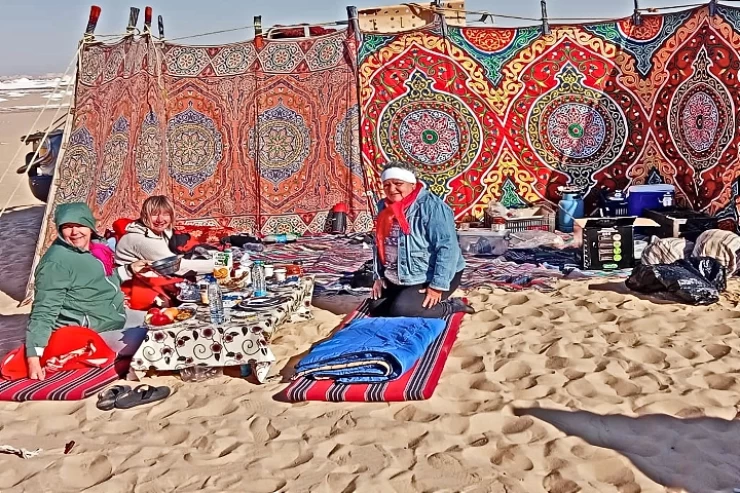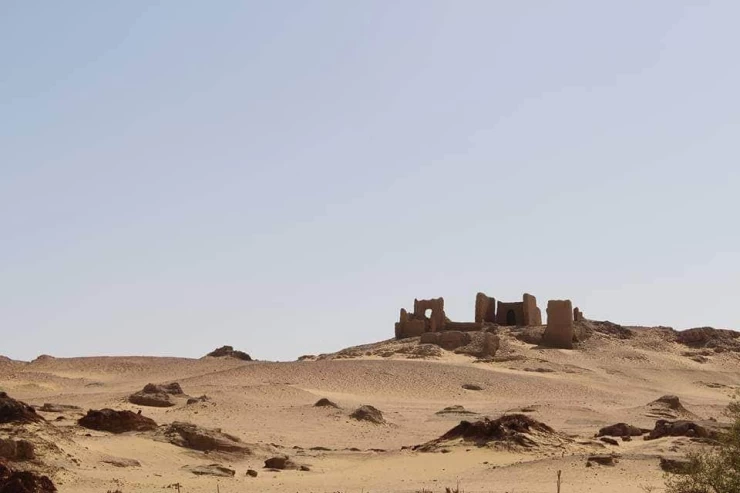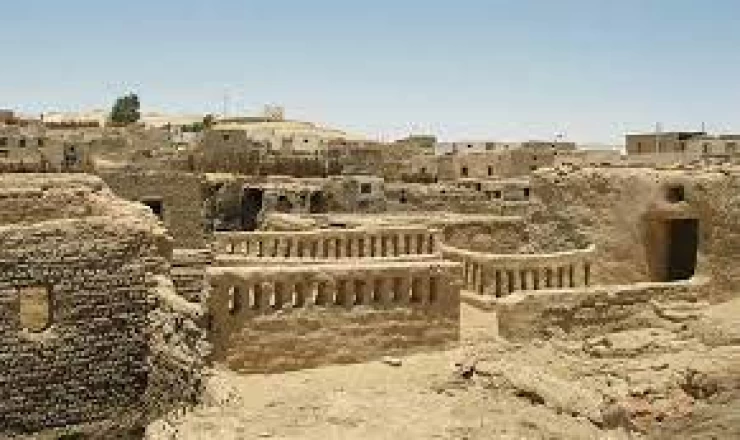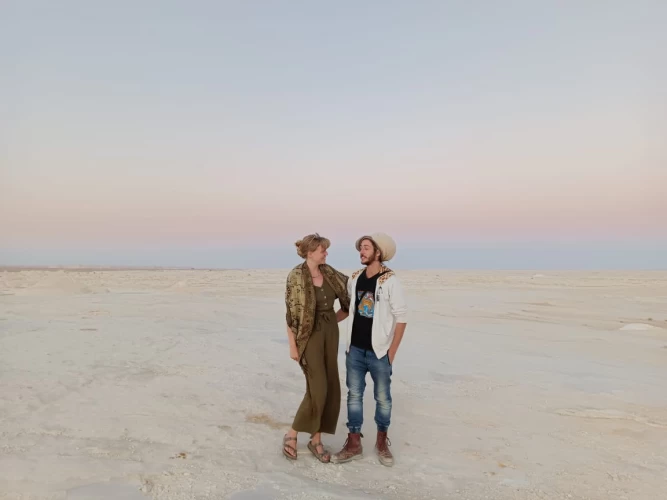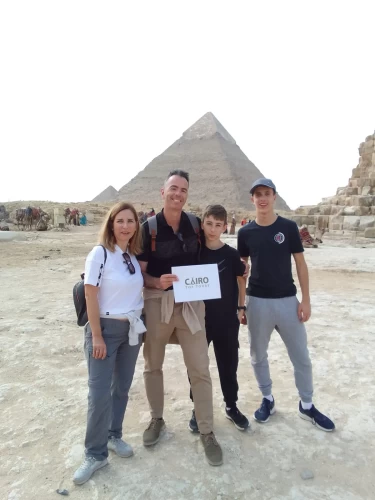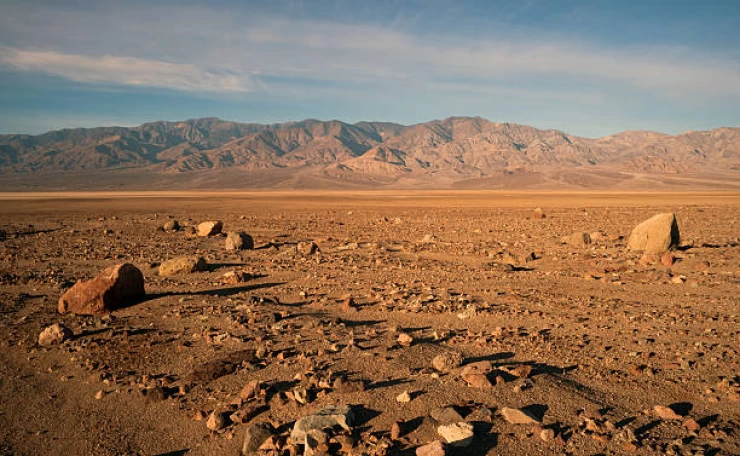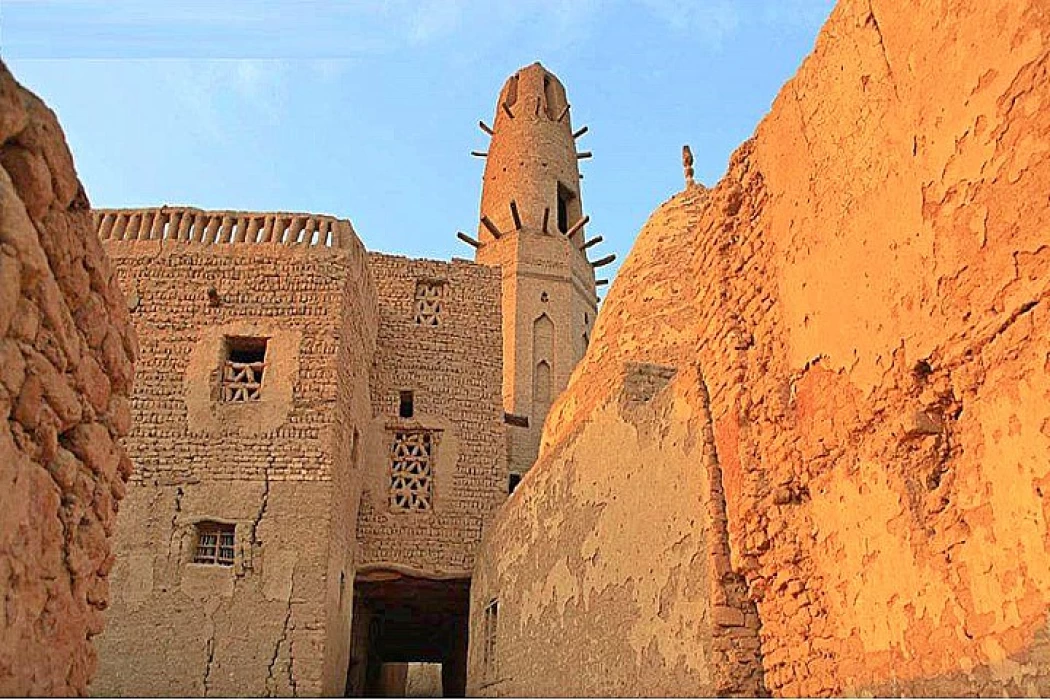
El Dakhla Oasis
Dakhla Oasis, nestled in Egypt's Western Desert, has a rich tapestry of history. Dating back to the pharaonic era, it was a vital hub along ancient trade routes connecting Egypt to sub-Saharan Africa. The oasis's strategic location made it a melting pot of cultures, influenced by Greeks, Romans, and Byzantines. Roman-era ruins, including forts and temples, still dot the landscape, showcasing the area's historical significance. During the medieval period, it continued to thrive as a center for agriculture and trade. Today, Dakhla Oasis offers a glimpse into its storied past through its well-preserved archaeological sites and historical architecture.
Attractions and Activities
Historical Sites:
Al-Qasr Village: A well-preserved medieval village, renowned for its ancient Islamic architecture and narrow alleys. The village’s mosque, built in the 12th century, and the old fortifications provide a window into the past.
Roman Ruins: The oasis is home to several Roman-era archaeological sites, including the remains of temples and forts that highlight its historical significance as a trade and military post.
Temple of Hibis: Located in the nearby Kharga Oasis but often included in tours of the region, this temple is one of the best-preserved temples from the late period of ancient Egyptian history.
Natural Wonders:
Sand Dunes: The surrounding desert features stunning sand dunes perfect for photography, desert safaris, and camel rides.
Hot Springs: The oasis is dotted with natural hot springs, such as those at the village of Bir Abu Rashed, offering a relaxing soak amidst the desert landscape.
Cultural Experiences:
Local Villages: Visitors can explore traditional villages like Dakhla and Moghra, where local customs, crafts, and hospitality provide a genuine cultural experience. Traditional handicrafts, such as woven textiles and pottery, are available for purchase.
Bedouin Culture: Engage with the Bedouin communities to learn about their traditional ways of life, including their music, dance, and cuisine.
Outdoor Adventures:
Desert Trekking: Guided desert treks can be arranged to explore the vast, arid landscapes, with opportunities to witness stunning sunsets and star-filled skies.
4x4 Excursions: Off-road tours offer an adventurous way to explore the remote and varied terrain of the oasis and its surroundings.
Practical Information
Travel and Accessibility: Dakhla Oasis is accessible via road from Cairo, which is approximately 600 kilometers away. There are also regional airports with flights connecting to major Egyptian cities.
Accommodation: Options range from comfortable eco-lodges and hotels in the main towns to more basic guesthouses and campsites in rural areas.
Best Time to Visit: The best time to visit is during the cooler months from October to April, when temperatures are more comfortable for outdoor activities.
Conservation and Sustainability
Efforts are being made to promote sustainable tourism in Dakhla Oasis to preserve its unique environment and cultural heritage. Visitors are encouraged to follow eco-friendly practices and respect local customs and traditions.
Dakhla Oasis offers a unique and immersive experience into Egypt’s desert life, combining historical exploration with natural beauty and cultural richness.
Latest Articles
Admin
Aswan Governerate in Egypt
Aswan was known as ‘Sonu’ in ancient Egyptian times, meaning market, as it was a trading centre for caravans coming to and from Nubia. In the Ptolemaic era, it was called ‘Sin’ and the Nubians called it ‘Yaba Swan’. It was also known as the Land of Gold because it served as a great treasure or tomb for the kings of Nubia who lived there for thousands of years. Before the migration, Aswan's borders extended from Asna in the east to the border of Sudan in the south, and its inhabitants were Nubians, but after the Islamic conquest of Nubia, some Arab tribes settled there.
Admin
About Luxor Governorate in Egypt
The South Upper Egyptian area is home to the Egyptian governorate of Luxor. Its capital is Luxor, which was formerly Thebes, the capital of Egypt throughout multiple pharaonic eras. Its centers and cities are spread over both sides of the Nile River. The said governorate was established by Presidential Decree No. 378 of 2009, which was promulgated on the 9th of December of that year.
Admin
History of kafr El Sheikh Governorate
Kafr El Sheikh Governorate, located in the far north of Egypt in the Nile Delta, overlooking the Mediterranean Sea, is characterised by the diversity of natural life and environments, and is one of the Egyptian cities that can be visited after the end of the first semester exams at universities and schools, as it features many diverse tourist and recreational places at symbolic prices within everyone's reach.
Admin
Egypt's New Administrative Capital
The New Administrative Capital is considered the project of the era because it reflects a perfect image of the future and progress on the economic, cultural, social and civilisational level, as the capital is considered the new capital of Egypt at the present time. The importance of the New Capital is that it is a comprehensive transformation of the future of buildings, services and national and mega projects in Egypt.
Admin
Al Gharbia Governorate
The Governorate of Gharbia is inclusive in the geographical area of The Arab Republic of Egypt which is in the African continent, more specifically in the region surrounding the Nile delta, between Damietta and Rashid governance. To the control of the region from the north is Kafr El-Sheikh Governorate, from the south Menoufia Governorate, from the east – Dakahlia, Qalyubia Governorates, and to the west is the Beheira Governorate.
Admin
Hamata Islands (Qulaan Archipelago) in Marsa Alam
Each reserve has several sectors. In Wadi El Gemal Reserve, there is one of the natural areas called the Hamata area or Hamata sector in Wadi El Gemal Reserve. Its sectors are the perfect and most ecological, land and water, and host countless animals and plants found in the oceans and on the land.






